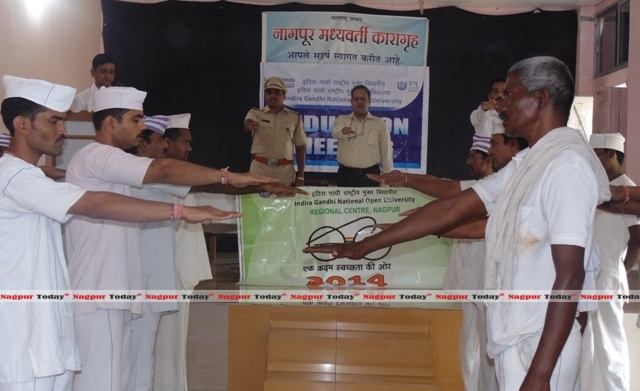Vous êtes intervenant socioéducatif, vous avez suivi les formations RID Euromed, vous avez expérimenté auprès de publics, vous souhaitez partager vos expériences, bien ou mal vécues, avec des collègues, des pairs, cet espace est un lieu d’échanges mis à votre disposition.
A propos de moi

Creating a Strong Synopsis for IGNOU Approval
The project synopsis is the gateway to your IGNOU project work. It is a concise yet comprehensive document that outlines your research intent, methodology, and expected outcomes before you begin the full project report.
The Role of Synopsis in IGNOU Project Cycle
IGNOU uses the synopsis to assess whether the student has clearly defined the research problem, identified appropriate methods, and planned a realistic timeline within the program's constraints.

The document acts as a contract between you and the university. Once approved, you are expected to follow the methodology and objectives outlined in the synopsis during your actual project work.
Official IGNOU Synopsis Format and Structure
The document should begin with the official IGNOU proforma, followed by the title page, and then the main content sections. Handwritten synopses are not accepted.
First Page of Synopsis
The project title should be specific, concise (preferably under 20 words), and reflective of the research focus. Avoid generic titles like "A Study of..." or "Analysis of...".
Core Components of Project Proposal
1. Introduction (1-2 pages): The introduction should end with a clear statement of the research problem and the need for the study.
2. Rationale of the Study (0.5 page): Avoid repetition of introduction content. Focus specifically on the "why" of your research.
3. Objectives of the Study (0.5 page): Objectives must be directly linked to your research questions and achievable within the project scope.
4. Hypothesis (if applicable): Not all programs require hypotheses - check your project handbook.
5. Research Methodology (2-3 pages): Justify your methodological choices with references to standard research texts.
6. Chapterization Scheme (0.5 page): Chapter 1: Introduction, Chapter 2: Literature Review, Chapter 3: Methodology, Chapter 4: Data Analysis, Chapter 5: Findings and Conclusions.
7. Bibliography (1 page): References must be cited in-text using proper author-year format.
8. Annexures: Include questionnaire/schedule, guide's bio-data, proforma, and any permission letters.
Guide Allocation Process
IGNOU allocates guides based on expertise and availability, but students can request specific guides with valid reasons. Approach potential guides early with your topic idea.
The guide's signature on the proforma indicates their willingness to supervise and their approval of your proposed work.
Frequent Mistakes in Project Proposals
Vague or Overly Broad Objectives: "To study HR practices" → "To analyze the impact of performance appraisal systems on employee retention in IT companies in Bengaluru".
Inadequate Literature Support: Include at least 8-10 quality references in the introduction and methodology sections. Use IGNOU synopsis and report help's eGyankosh and Shodhganga for free access.
Unrealistic Methodology: Primary data collection must consider your geographic and time constraints.
Poor Formatting: Submit in PDF format with file name: EnrollmentNo_Program_Synopsis.pdf
Timeline for Synopsis Preparation and Submission
Late submissions require re-registration and payment of additional fees.
Submit at least 15 days before the official deadline to allow for revisions if minor corrections are suggested.
Submission Process Step by Step
Step 1: Obtain guide signature and seal.
Step 2: Make one additional photocopy for your records.
Step 3: Pay any processing fees if applicable (usually nil).
Step 4: Wait for evaluation (typically 4-6 weeks). Check status online or via study center.
After Synopsis Acceptance
Schedule regular progress review meetings with your guide (minimum 3-4 during the project duration).
Start drafting Chapter 1 and 2 while collecting data to manage time effectively.
Software and Resources
Use Google Scholar, ResearchGate, and Shodhganga for literature. Zotero or Mendeley for reference management.
Use Trello or Notion for project timeline management.
Conclusion: The Synopsis as Success Foundation
Invest time in understanding every component of the synopsis requirement. Consult your program handbook, study center counselors, and senior students who successfully completed their projects.
Approach this crucial step with the seriousness it deserves, and your IGNOU project journey will be significantly smoother and more rewarding.
Word count: approximately 1500 words
Position
Travail